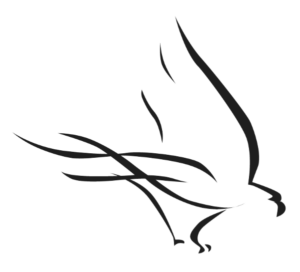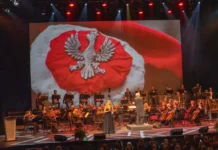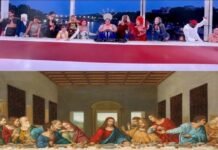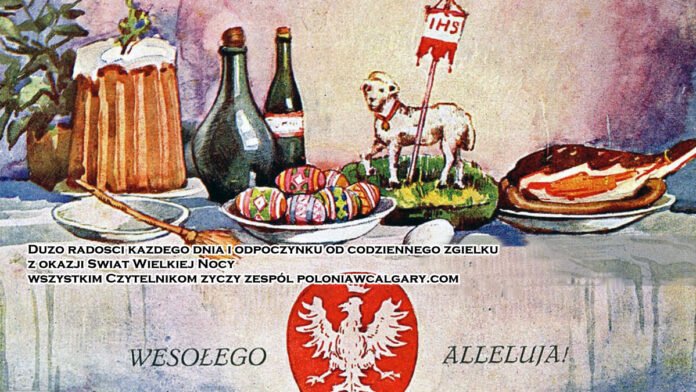
Z okazji Świąt Wielkanocnych życzymy Wam radości, spokoju oraz wypełnienia serc nadzieją i wiarą. Niech ten czas odnowy ducha przyniesie Wam wiele uśmiechu i bliskości w relacjach z najbliższymi oraz sił do podejmowania kolejnych wyzwań.
Wesołych Świąt Wielkanocnych!
życzy,
Zespół POLONIAWCALGARY.COM
Good Friday in the Catholic Church is the only day of the year when no Mass is celebrated; this is the day of deepest mourning in the Church. It is expressed in the liturgy of Good Friday, which is a memorial of the passion and death of Jesus Christ on the cross.
The center of the Good Friday liturgy is the solemn adoration of the cross – adoration of the Son of God, who gave his life for the salvation of all people.
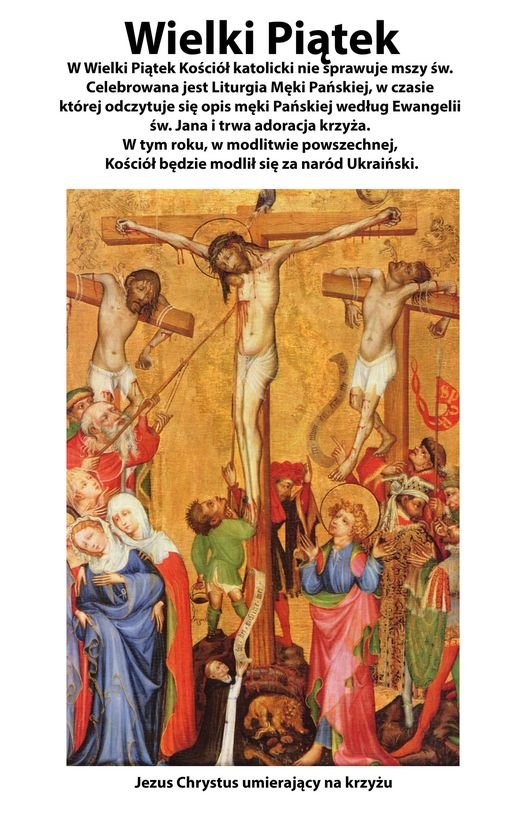
In Catholic churches, the Lord’s graves are prepared and visited. There is no mass on this day, only in the afternoon there is a service during which songs about the cross and the mystery of Holy Communion are sung. Relevant portions of the Bible are read.
It also happens that the entire Kalwaria mystery of the Lord’s Passion is recreated, after which the faithful keep vigil at the symbolic Tomb of Jesus until Easter.
The Good Friday service begins with the liturgy of the word, in which the description of the Lord’s Passion according to St. John. On this day, the faithful focus on considering the biblical description of Christ’s Passion and death on the Cross, and then on adoration and honoring the Holy Cross. The liturgy emphasizes more the glory of redemption through the Cross than humiliation through the Passion.
In solemn universal prayer, the Church tries to remember everyone on this day. In a special way, the faithful pray for the preservation of peace in the world, for older brothers in faith (Jews) and those who rule countries.
Good Friday is a day of concentration, solemnity, increased piety and zealous religious practices throughout Poland. It is also a day of strict fasting. According to the recommendations of the Church, you should not only give up eating meat dishes on this day, but also fast as to the amount of food eaten: only once a day you can eat to your heart’s content.
Some very pious people voluntarily abstain from food and drink throughout this day, or drink only pure water and eat some dry bread.
In recent years, the Stations of the Cross service has been celebrated in the streets of many Polish cities. In Warsaw, the Way of the Cross will start at 20 and will walk through the streets of the Old Town.
The first liturgical celebration of Good Friday can be recorded in ancient Jerusalem. The faithful gathered before sunrise in front of the flagellation column and later at the tomb to adore the wood of the cross.
With regard to Rome, the first descriptions of the celebration of Good Friday come from the 7th century. The first type of liturgy was celebrated by the Pope in the church of St. John of Jerusalem and included reading the description of the Passion according to St. John, general prayer and procession with the relics of the cross.
The second type of liturgy was celebrated in many presbytery churches, it included the reading of the Scriptures, the adoration of the cross and Holy Communion, consecrated earlier. This type of liturgy spread throughout Europe in the Middle Ages.
In later centuries, the transfer of the Blessed Sacrament to the Lord’s tomb became popular. In the 19th century, in the areas of the former Polish-Lithuanian Commonwealth, the Lord’s graves in churches began to take on a patriotic dimension.
Good Friday is one of the two days in the liturgical calendar when the faithful are required to fast. This is a special kind of penance and reparation. In addition to Good Friday, strict fasting continues on Ash Wednesday. The faithful are to refrain from eating meat on that day, and limit themselves to eating one full meal and two incomplete meals. Strict fasting is obligatory for all adults until the age of 60.
material zródlowy : Grzegorz Łojko FB
The Polish Easter Basket Traditions
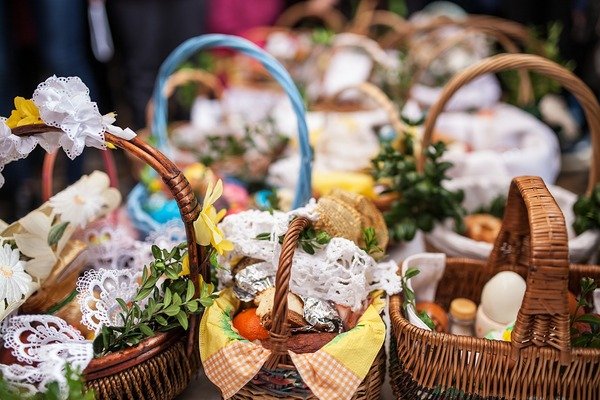
Święconka, meaning “the blessing of the Easter baskets,” is one of the most enduring and beloved Polish traditions on Holy Saturday.
The tradition of food blessing at Easter, is said to date from the 7th century in its basic form, the more modern form containing bread and eggs (symbols of resurrection and Christ) are said to date from the 12th century.
Baskets containing a sampling of Easter foods are brought to church to be blessed on Holy Saturday. The basket is traditionally lined with a white linen or lace napkin and decorated with sprigs of boxwood (bukszpan), the typical Easter evergreen. Poles take special pride in preparing a decorative and tasteful basket with crisp linens, occasionally embroidered for the occasion, and boxwood and ribbon woven through the handle. Observing the creativity of other parishioners is one of the special joys of the event.
The foods in the baskets have a symbolic meaning:
Bread (chleb) – represents Christ’s gift of “daily bread” and redemptive graces
Colored eggs (pisanki) – indicate hope, new life and Christ rising from his tomb
Sausage&Meat (kiełbasa i mięso) are symbolic of great joy and abundance in celebration of Christ’s resurrection
Horseradish (chrzan) – a reminder of the bitterness and harshness of the Passion of Jesus
Vinegar (ocet) – symbolizes the sour wine given to Jesus on the cross
Salt&Pepper (sól i pieprz) – to add zest to life and preserve us from corruption
Easter Lamb (Baranek Wielkanocny) – made of sugar or butter – the symbol of the Paschal Lamb. This reminds us of the good will of Christ that we should have towards all things
Easter cake (Babka) -a round loaf of rich, eggy, yeast dough with raisins reminiscent of the risen Lord
Boxwood Twigs (gałązki bukszpanu) – are attached to the basket as signs of joy and new life in the season of spring and in celebration of the Resurrection
material zródlowy : Learn Polish Daily learnpolishdaily.com
